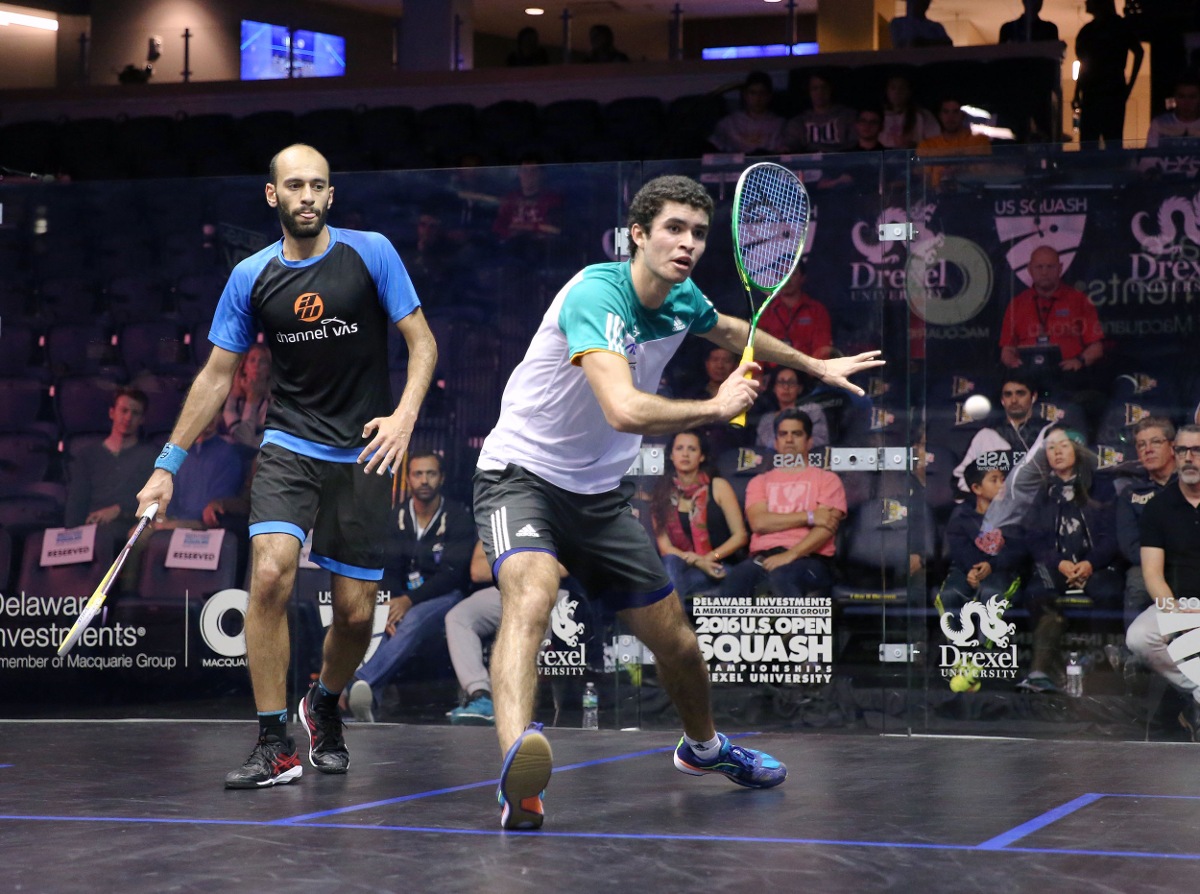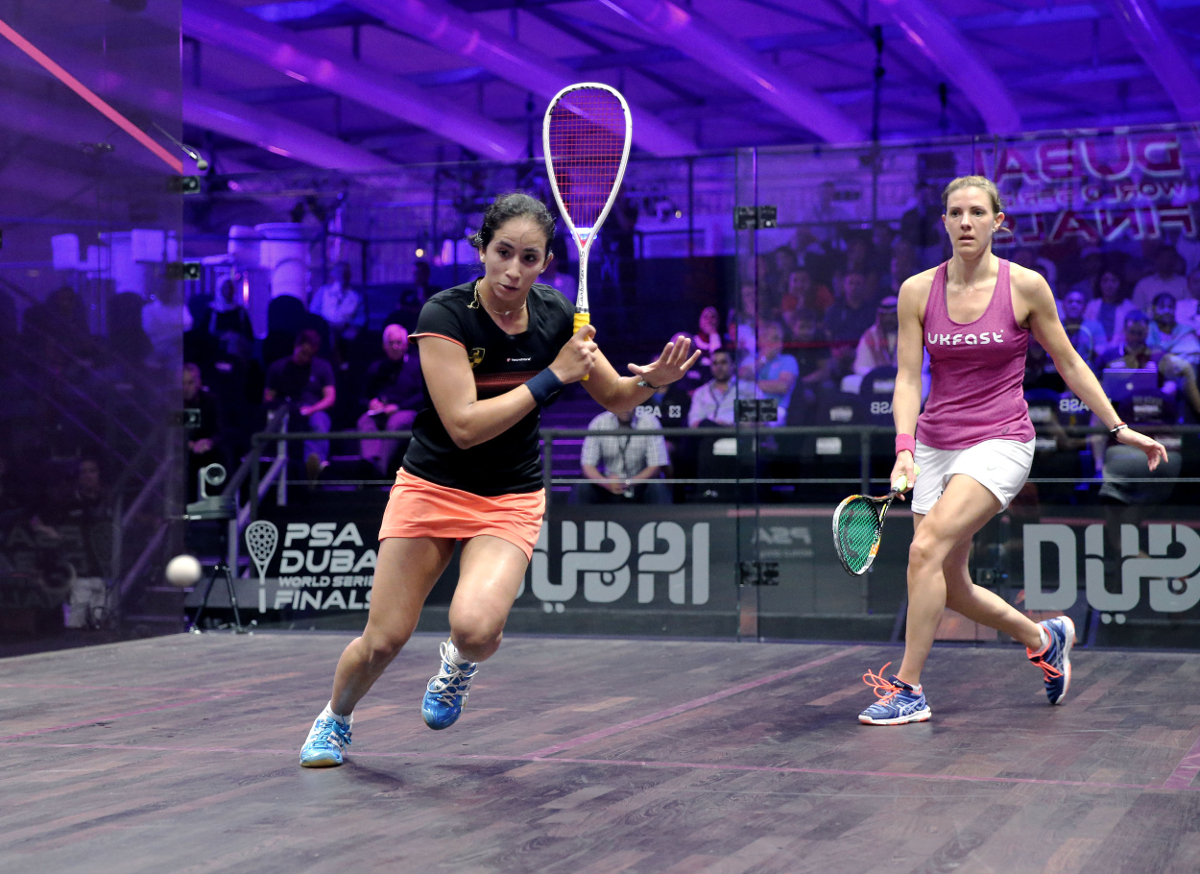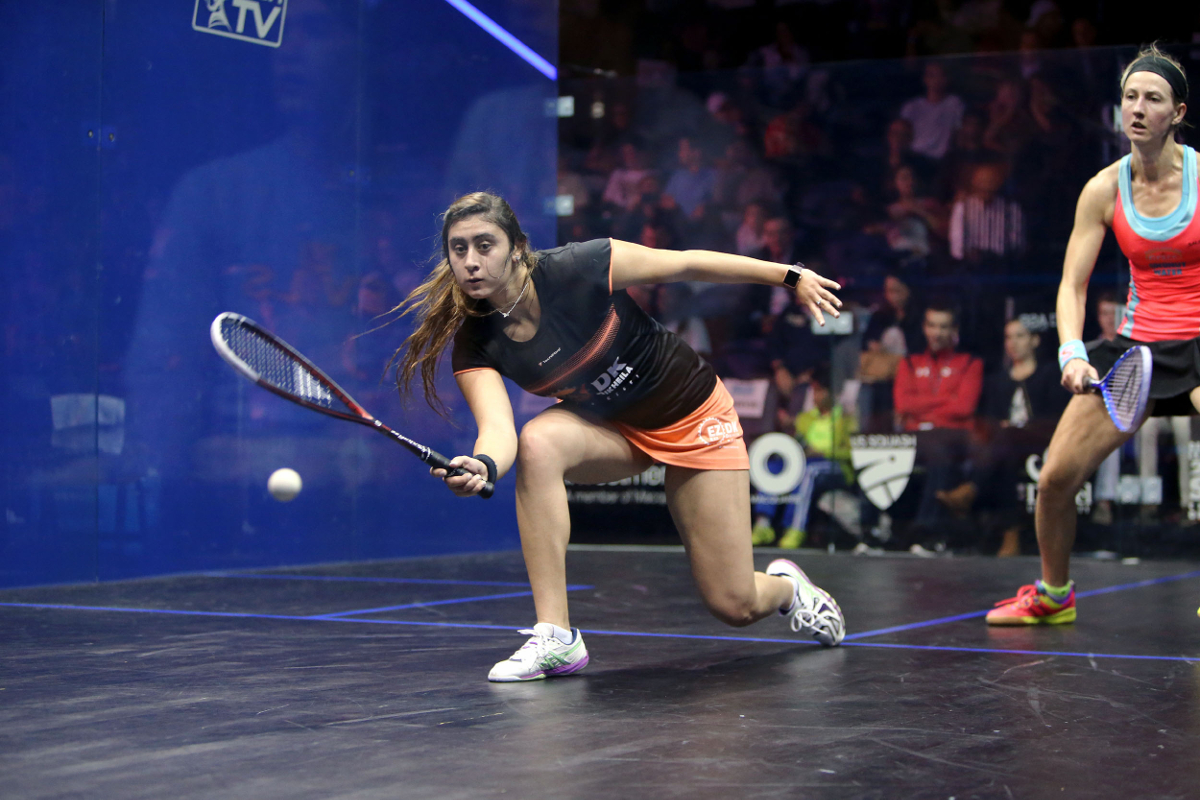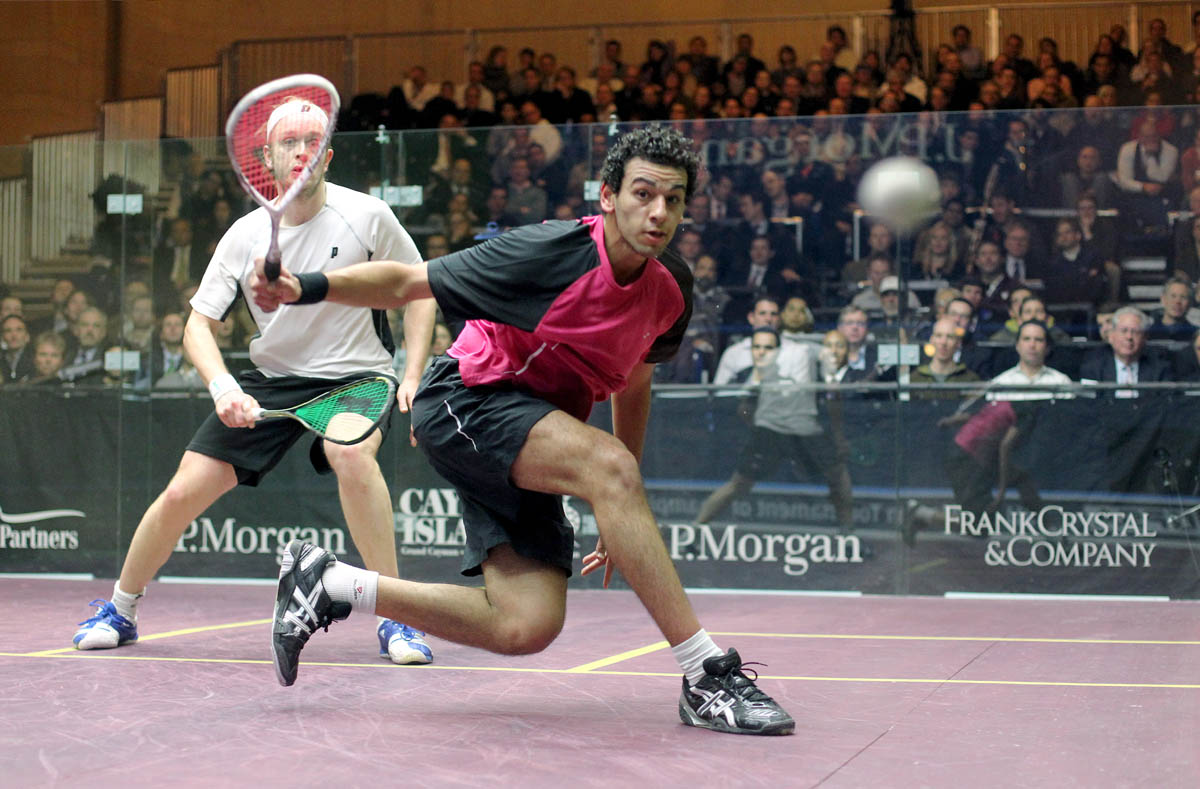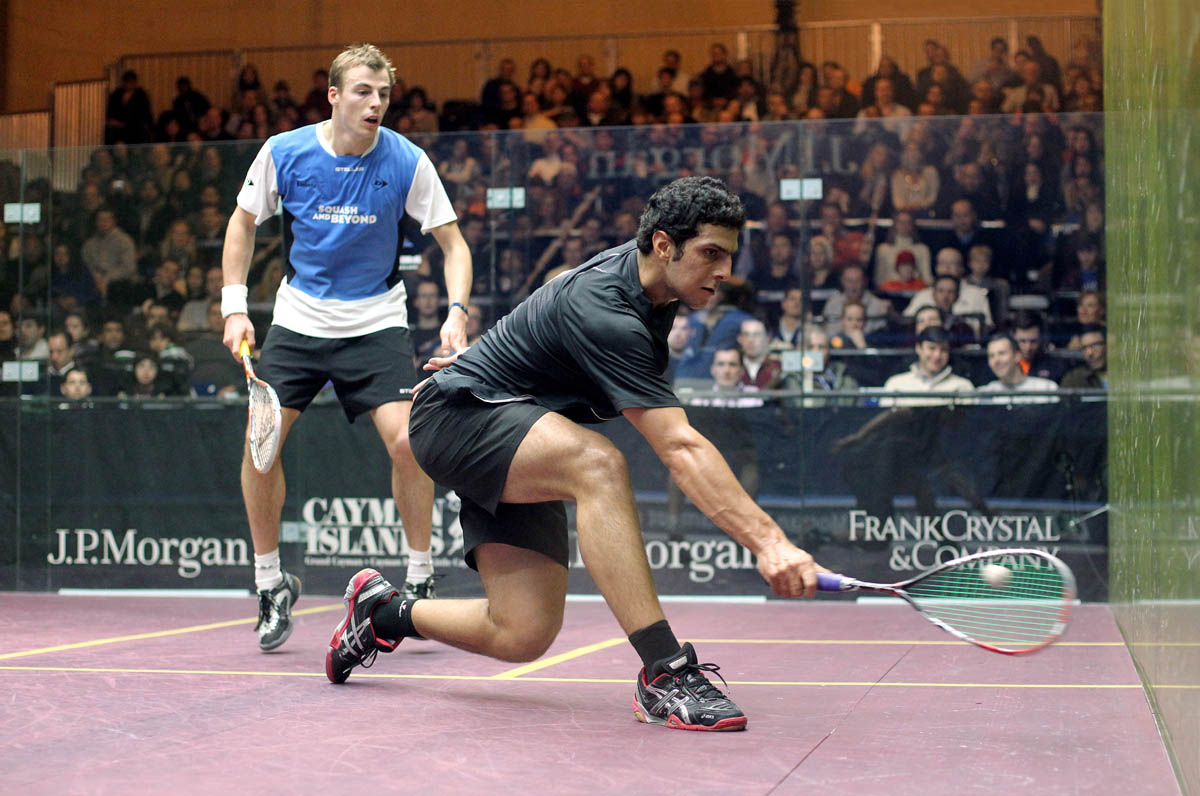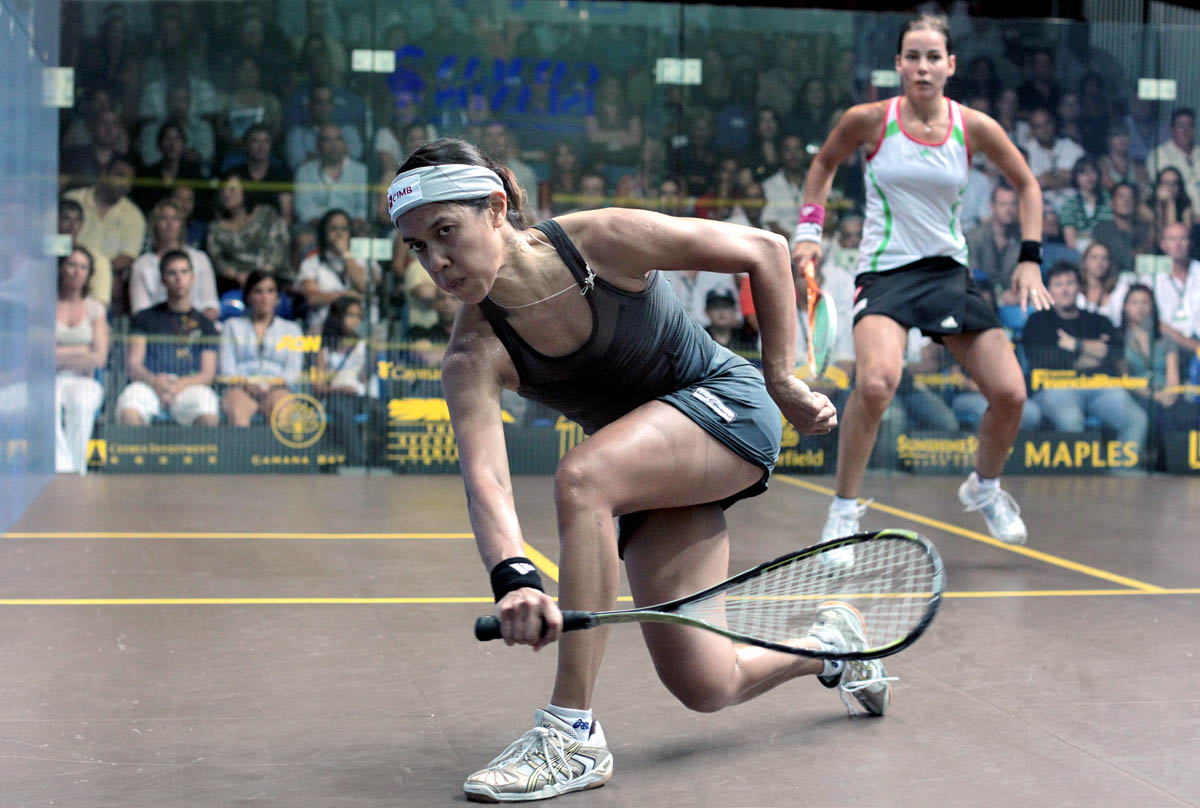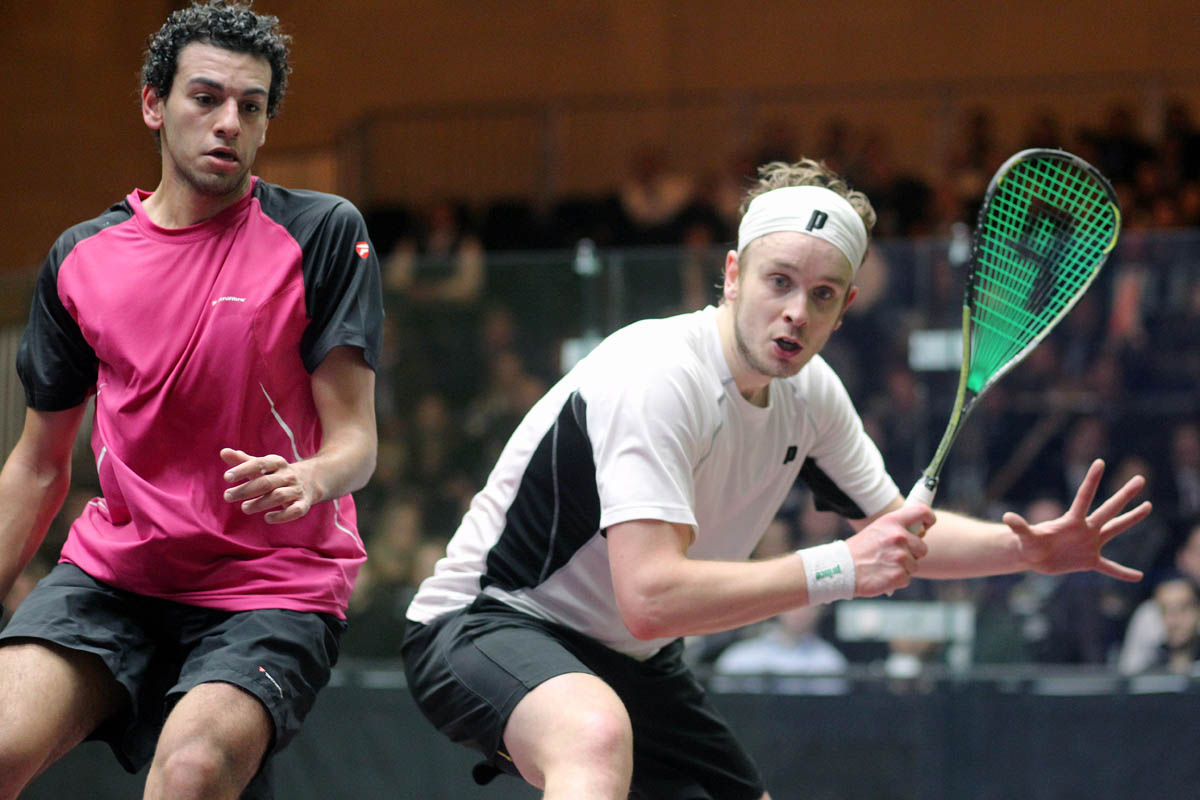Introduction
Introduction (My Swing)
Plane
A plane is a flat, two-dimensional surface.
The videos' graphics and diagrams are two-dimensional. To recognise this fact the author has referred to the swings as Plane Swings. For example, The Open Plane Swing. When interpreting the swing from the videos and diagrams the author describes the face of the racquet as opening, squaring or closing. The plane is never mentioned it is just the name of the swing.
Use Differential Learning techniques while maintaining the specificity of the swing.
That is, when doing routines vary the routine and shorten it's time.
Role playing (Role Reversal)
Use Role Playing and in particular Role Reversal when teaching technique. Advocate not telling the player what to do but ask questions of the player which leads to a discovery or reinforces the player’s understanding. For example, when learning technique Role Play particular scenarios where the player provides the answer. Result ... the player's technical development accelerates through understanding.
Sequencing (Sequentially)
When teaching technique sequentially segment the swing.
Ghosting (Segmented)
Use Ghosting particularly segmented Ghosting. The player tries to sequentially replicate in segments the swing.
Visualisation
The player when ghosting visually checks the swing which assists to then visualise the swing.
Goal Setting
The player should set short, intermediate and long term goals when trying to sequentially replicate in segments the swing. Similarly, the player should set short, intermediate and long term goals when learning the holistic swing.
Factors
When deciding what technique or techniques a player should adopt the player should examine what factors affect the swing.
Factors like: the throwing action, lines of flight, acceleration and deceleration, biomechanics and the geometry of the playing environment etc.
Once the player understands what factors are in play the player should examine whether the effect is positive or negative.
For example, it would appear that on the forehand side the effect of the throwing action is positive. That is, the throwing action increases power and accuracy.
Unfortunately, on the backhand side the effect of the throwing action is negative. That is, it does little to increase power or accuracy.
Comparison
Finally, the player should examine what other techniques are being adopted and compare them to what the author teaches.
The basic forehand technique, that the author adopts, is not a singular basic technique but a basic swing which leads into four basic swings. Consequently, there are no negative aspects (Cons). Similarily, the basic backhand technique, that the author adopts, is not a singular basic technique but a basic swing which leads into three basic swings. Consequently, there are no negative aspects (Cons).
The challenge the player has is to choose which swing.
Ambidexterity
If not naturally ambidextrous the initial challenge the player has is to develop the non preferred hand.
Introduction
Imagine rarely having to use your backhand
(In this section the author has decided to write in the first person).
Forty years ago I had a student who was ambidextrous and changed hands to hit the ball. I encouraged him to make a decision to use just one and develop a backhand. This was based on the fact that his method was to swap the racquet from the left hand to the right and vice versa. The rationale being that when playing at a higher level and when the opponent was positioned near the front wall and hit the ball with extreme power to the side that he was not holding the racquet he would struggle to change hands in time to hit the ball. This logic was correct.
However on (April 2nd 2019) at around 3am I had an epiphany. If I grip the racquet with both hands I will have time to react to a power drive by releasing the appropriate hand and using the other hand to hit the ball. On these ocassions I would always be using a forehand.
Thus, I realised that although my initial logic was correct, I had failed to examine the 'but' scenario. That is, looking for better logic and then presenting it.
Wow! Imagine squash players using a double grip in between rallies (may not when reflexing when the ball is hit at the body) and then releasing one hand and hitting the ball with a forehand with the other hand.
Wow! Imagine tennis players who already use a double grip in between and during rallies (may not when reflexing when the ball is hit at the body) and then releasing one hand and hitting the ball with a forehand with the other hand. Imagine never having to run-around to play a forehand and thus, covering less distance and being better positioned to play the next shot. What about the extra power!
Well, I got on court (Sunday 7th April 2019) and tested my theory in twenty different scenarios. Present where Nat Wolff, Aidan Karayilan (coaches I mentor) Mladen (student) and Colin Farquharson (student).
I only used a backhand when an extreme reflex was required (ball aimed at the body). Furthermore, I could straight drive balls I would normally have to boast; I could boast balls I could not get back into play and I had more time to react to my opponent's shot. Furthermore, I was better positioned to play the next shot (the "T" felt so close).
Nat Wolff offered his time to experiment with this new concept. After a couple of months doing solo practise, on Sunday 23rd June Nat was ready for two feeder routines. Both Aidan and I (feeders) were amazed at his skill level on his non preferred side. His enthusiasm was infectious as the quality of his hitting and the ease which he approached this new concept even surprised me.
We continued experimenting for the next three months which included matchplay and the results were astonishing.
Back on court (Sunday 7th July 2019) with Nat and Colin doing two feeder routines before engaging in some matchplay. Match conditions…. I watched with some apprehension. The theory passed with flying colours. Nat's focus on re-gripping the handle with both hands was critical and as the match progressed it was evident that he was rewarded for his efforts. My apprehension turned into excitement. Nat could not contain his.
If you don't employ "My Strategy", occasionally, you may not create enough time after releasing one hand to re-grip the racquet with that hand. For example, when the opponent is in either Zones D3, D4 or D5 and you are positioned incorrectly at the front.
However, if you do you use "My Strategy" you should be positioned correctly and when the opponent drives the ball with extreme power at your body you will have time to re-grip the racquet and use a single or two handed backhand. That is, if the ball is driven perpendicularly towards the middle of your body you can release either hand (or not) and use your backhand. Furthermore, if the ball is driven cross court from either side to the left or right of centre you can release your left hand (or not) or your right hand (or not) and use your right hand backhand and left hand backhand, respectively.
On court (Sunday 28th July 2019) with Nat and Jarrod (student) doing two feeder routines. Again, Nat maintained his emphasis on, after hitting the ball, to quickly re-grip with the non hitting hand. Furthermore, I suggested to Nat not to be concerned about which hand was high or low on the grip. Although, we did discover that when Jarrod played a boast from the back then Nat had time to move the single grip down the shaft. After the routines they had some matchplay. Jarrod was impressed how Nat had more time to react which then gave Jarrod less time to retrieve the ball. A great session.
Unfortunately, Nat sustained a chronic injury to his right arm which prevented further development.
I am hopeful that one of my coaches will begin to teach this technique.
When appropriate I would encourage my students to use the ambidextrous swing.
Several years later on Monday 10th of May 2022 one of my squash students sent me the video below.
The Pros and Cons of playing ambidextrously with The Nash Swing
The front foot is defined as when the player hits a ball using the right hand the left foot leads and when the player hits a ball using the left hand vice versa, respectively.
The back foot is defined as when the player hits a ball using the right hand the right foot trails and when the player hits a ball using the left hand vice versa, respectively.
The Pros
The player can make contact with the ball further back thus the player
. can straight drive instead of boasting (squash)
. can boast when unable to get the ball into play (squash)
. has more time to react and consequently can reflex better (squash and tennis)
. Is better positioned to play the next shot (squash and tennis)
. can generate more power (squash and tennis)
. does not have to run around to use the preferred forehand (tennis)
. when hitting the ball off the back foot the player is closer to the ball (squash and tennis)
. when hitting the ball off the back foot the player creates more opportunities for more of the same angles which is extremely critical in tennis (squash and tennis)
. when hitting the ball off the back foot the player creates more opportunities to close the angle and thus cover less distance
. when hitting the ball off the back foot and the player is stretching to reach the ball the player creates more opportunities to return the ball
Cons
When hitting the ball off the front foot the player is further away from the ball
Copyright South Australia Squash Academy Michael Nash All Rights Reserved


